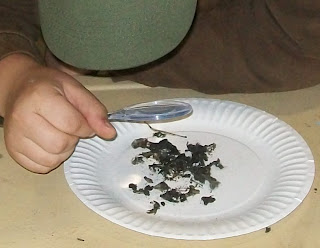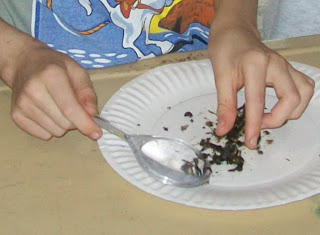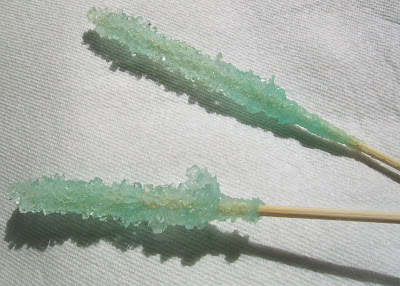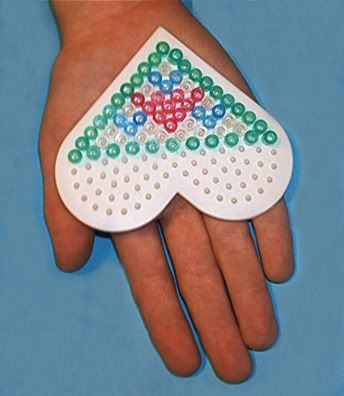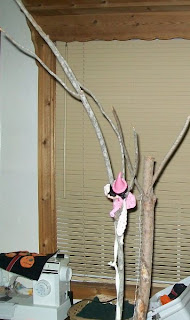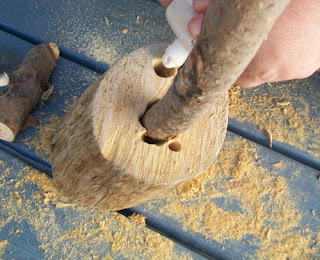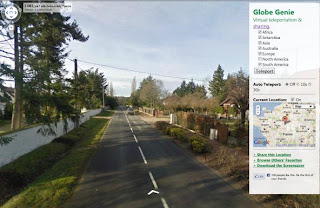This is filed under experiments I'm not sure about yet.
So okay, confession time. I am a lazy crafter. As in capital "L" Laaaazy. If I have to hand sew, deal-breaker time, man. But then there's the times where I
could just run over to the machine and stitch a quick line, but oh, it means getting up out of my chair and changing the thread and
what do you mean I don't have a bobbin wound in this color?? So then, somehow, hand-sewing becomes an act of laziness because the sewing basket with it's already threaded needles is in reach.
So with that background; hating to let go of shiny things, I've been hording a lot of junk mail computer CDs. Now I've searched all over for something to do with these things that is not the
re-envisioned 70s bead curtain (so much work and so many parts), the
photo frame (been there, done that), the lets cover them with stuff or paint them (but what about the shiny?) or
candle holders (because with my lazy-crafting it would be
step one: place cd on table, step two: place candle on cd. done!)
So I got "creative." (Always scary.) Within reach was 1) cd and 2) bag of yarn
this was so worthy of a visual aid
So, I taped some yarn to the not-as-good, not-shiny side.
tape yarn to cd. tape was in reach too.
Randomly wind yarn around cd. I like the purple and white. Sort of looks like a sunburst to me.
At that point I floundered. But what is it for, I asked myself. Christmas ornament, perhaps if you put two together so it was shiiiiny.
But I moved on. And found, a tapestry needle.
blurry visual aids plus bad brand erasure = awesome. *sigh*
weaving totally does not count as hand sewing
Hmmm
So, I guess I made a trivet? Wouldn't be a bad one if you wove both sides, used some more contrasting yarn maybe. I'm not much of a trivet person, plus I lost all my shiny so it wasn't really what I was wanting. It was fun to do though. It would be a great weaving activity for a child who needs fine motor practice.
I'm just going to leave this here and hope it inspires brilliance in someone else. If you do get a brain wave from this, let me know. I'd love to see it.



